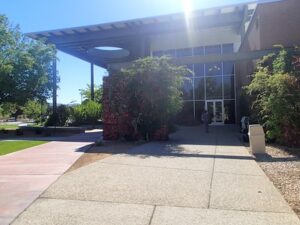With the fall semester weeks away, everything from financial aid to food insecurity is complicating the return to school plan. Community colleges are hopeful that students who skipped enrolling last fall will be back in class in September. They’re also hoping to attract a large number of new students.
Challenges to a robust fall semester include the recent increase in the number of COVID-19 cases and mental health challenges. Beyond that, uncertainty about the legal status of DACA students and the eviction moratorium’s expiration weigh heavily on some students. Layer in employment issues, childcare availability, broadband Internet unavailability, and rising inflation, and you’ll have plenty of anxiety for everyone.
When you consider all these challenges, free community college is great, but it doesn’t address many of the issues that students are facing. It’s often not the cost of education at two-year schools that trips students up. Rather, it’s the hidden dramas (and traumas) that prevent students from succeeding.
Free community college programs won’t prevent students from being evicted in the middle of the semester.
They won’t help the nearly half of all community college students who are food-insecure. In 2018, the Government Accounting Office estimated that 57% of students who are at risk of running out of food are also eligible for SNAP benefits – but don’t access them.
Free community college programs won’t connect students with mental health services. The American College Health Association and National College Health Assessment estimates that nearly 30% of all college students sought treatment for mental disorder in the fall of 2020. In the same survey, 31% of respondents said that anxiety negatively affected their academic performance.
Return to school means supporting nontraditional students
Schools offering free community college should be prepared to help students find solution to their most pressing problems. And often, their most pressing problems have nothing to do with their studies. Finding housing, food, medical care, study time, Internet service, computing devices and childcare are interventions that will help retain students. Without helping students address these issues, free tuition won’t matter because students won’t return to school.
Undeniably, traditional college-age students who go from high school directly to college have fewer of these issues to address. It’s understandable why these students are attractive to colleges and universities. But the number of older, non-traditional students far outweighs the 18-22 demographic. For the next several years, identifying and meeting the needs of these students will enable them to return to school.
That will take a lot of money. So, it is time the community insist that WCC spends its very generous tax proceeds on the community’s priorities. That may mean spending less on administrators and more on student retention, financial aid, childcare and social services.
The county has more than enough people who want to return to school. The WCC administration just needs to prioritize student needs ahead of their own self-serving spending priorities.
Photo Credit: Leonard J. Matthews , via Flickr









